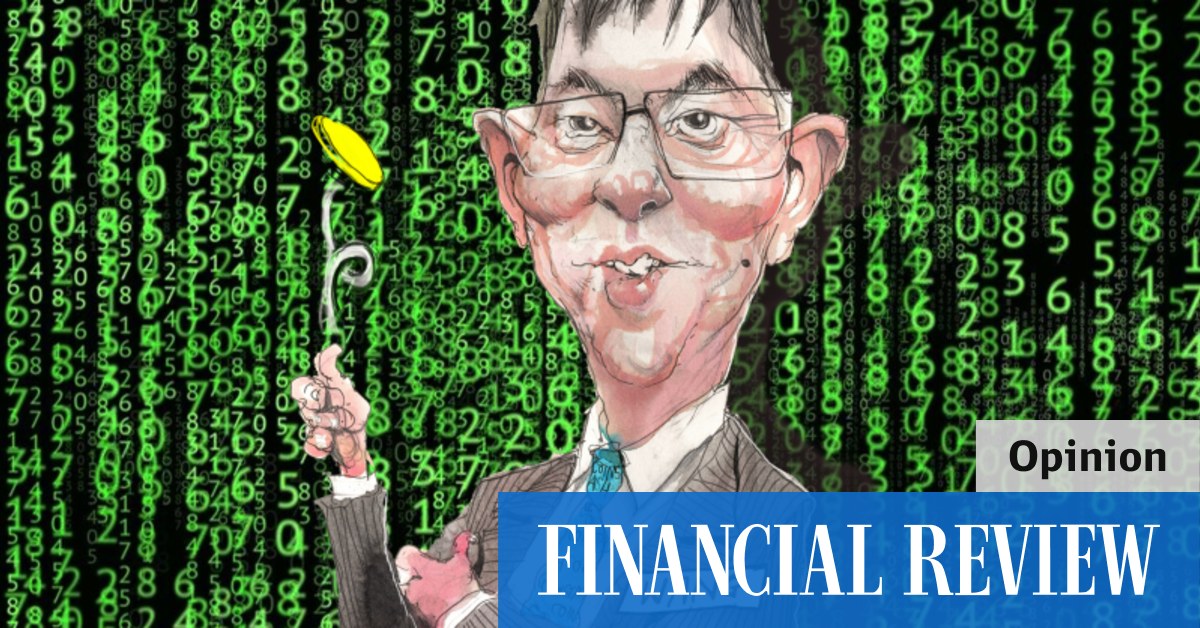
The complexity and heavy costs involved in DeFi help explain why it tends to be the preserve of sophisticated investors comfortable with high-risk strategies, including lending against crypto collateral.
A good definition of DeFi was provided by Caroline Crenshaw, a commissioner of the US Securities Exchange Commission, in an article published this month in The International Journal of Blockchain Law.
“In general, though, it is an effort to replicate functions of our traditional finance systems through the use of blockchain-based smart contracts that are composable, interoperable, and open source,” she wrote.
“Much of DeFi activity takes place on the ethereum blockchain, but any blockchain that supports certain types of scripting or coding can be used to develop DeFi applications and platforms.”
Need for regulation
DeFi ecosystem has the potential to turn traditional banking on its head because it has the same products and services found in the traditional financial system – including credit and lending, trading and exchange, derivatives, and insurance – but without centralised intermediaries.
Its growth potential is evident from the fact the typical yield paid on a cryptocurrency “deposit” is about 6 per cent, well above what you would get from a bank.
Crenshaw’s article warned that DeFi was in desperate need of regulation because, without it, there will be projects that do not invest in compliance or adequate internal controls.
Also, she says the huge amounts of money to be made will lead some people to victimise others, “and the likelihood of this occurring tends to increase as the likelihood of getting caught and severity of potential sanctions decrease”.
Risks of the decentralised market
Finally, she said information asymmetries were likely to advantage rich investors and insiders at the expense of the smallest investors and those with the least access to information.
It is not just regulators warning of the dangers of DeFi.
This week, Morgan Stanley’s global quantitative strategist Nikolaos Panigirtzoglou listed a dozen separate risks inherent in the DeFi market.
These include smart contract risk such as hacking and protocol attacks; systemic risks from a potential cascade of automated liquidations that materialise if the collateral provided drops below certain levels; front-running on decentralised crypto exchanges by a bitcoin miner getting set ahead of a bitcoin transaction; and the absence of limit order or stop-loss functionality on decentralised exchanges.
Richard Galvin, who runs a successful crypto funds management business, Digital Asset Capital Management, which specialises in DeFi, says Crenshaw is wrong about information asymmetries.
The same complex strategies can work with $100 or $1 million of capital.
— Richard Galvin, Digital Asset Capital Management
“I think one of the key premises of DeFi, and a driver of its incredible growth, is the fact that it is the most level market environment investors have been able to access in decades,” he says.
“It is the biggest disruption we have seen that advantages retail investors since the launch of online brokers, and DeFi is far more reaching in its scope.
“The same complex strategies can work with $100 or $1 million of capital. There aren’t barriers like prime brokerage functions, access to leverage, or access to institutional research analysts that provide an uneven playing field to institutional players in the traditional markets.
“There is no clarity in traditional markets around order flows and settlements. Institutional participants, particularly those in the middle – dealing desks for example, have an asymmetric data advantage that doesn’t exist in DeFi.”
‘The internet of the 90s’
Galvin makes the valid point that the highly regulated US equity market did not prevent the Robinhood trading platform from closing out the positions of a number of users exposed to the GameStop situation.
Both Galvin and Wang liken the state of the crypto economy and DeFi in particular to the internet in the 1990s: it was clunky, slow and out of the reach of the person in the street.
They say crypto products will eventually be available at the click of a mouse or the press of a finger on a smartphone.
The big difference between the evolution of the internet and the evolution of crypto is the speed of change.
Total assets in cryptocurrencies now exceed $US2.5 trillion ($3.5 trillion), and the world’s biggest centralised crypto exchange, Binance, is banned in many jurisdictions but processes more transactions each day than the combined turnover on equity market exchanges in Australia, London, New York and Hong Kong.
About a third of DeFi activity occurs on decentralised exchanges using the Uniswap or Aave protocols. A decentralised exchange is a peer-to-peer marketplace that connects cryptocurrency buyers and sellers in a non-custodial way.
Decentralised exchanges do not rely on order books. Instead, they rely on liquidity pools supplied by liquidity providers who gain trading fees for their service to these pools.
Aave connects lenders and borrowers through a pooled structure and algorithmically determined interest rates. Uniswap uses an automated market maker structure and is the dominant decentralised exchange.
The key to getting involved in DeFi is first gaining access to a stablecoin, which is a cryptocurrency backed by a fiat currency.
The most widely used stablecoins are tied to the US dollar, which is why Wang is so excited about bringing an Australian dollar stablecoin to Coinstash.
From next week, Wang will open up trading of XAUD on Coinstash. XAUD is built on the ethereum blockchain; each token will be backed by the reserves of xbullion and Leonie Hill Ai.
The reserves will be held in APRA-regulated, authorised deposit-taking institution-issued hybrids and Australian investment-grade bonds denominated in Australian dollars.
Wang has obtained an Australian Financial Services Licence and is in discussions with the Australian Securities and Investments Commission about releasing a DeFi product early next year.
Galvin says the tenfold growth in DeFi since the middle of last year may relate to longer-running trends, including digitisation, globalisation, and declining trust in centralised institutions.
This news is republished from another source. You can check the original article here

Be the first to comment